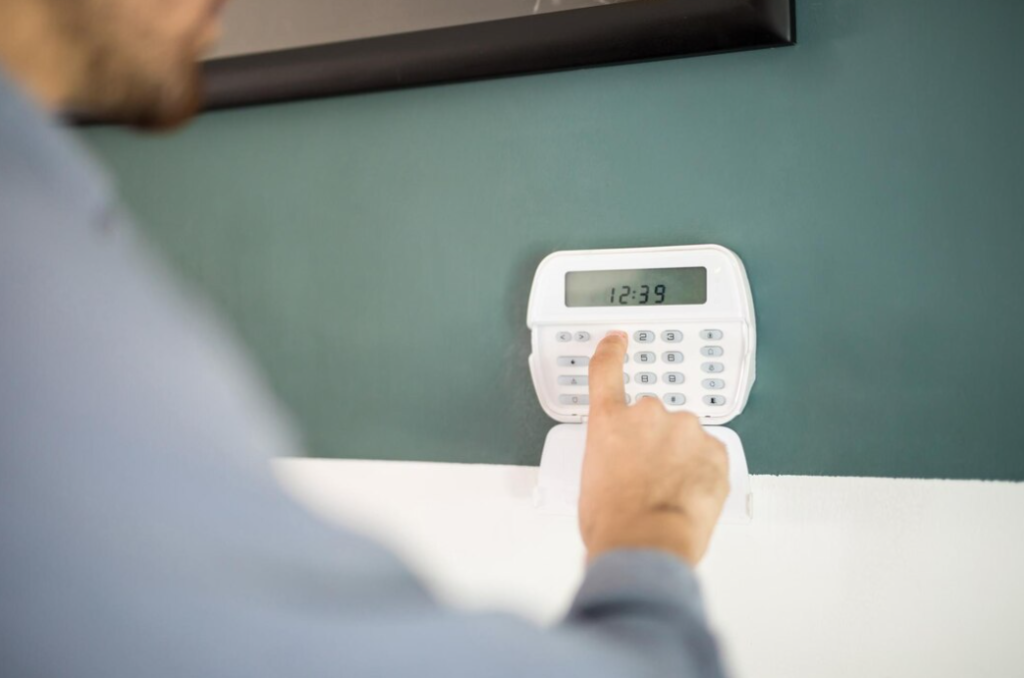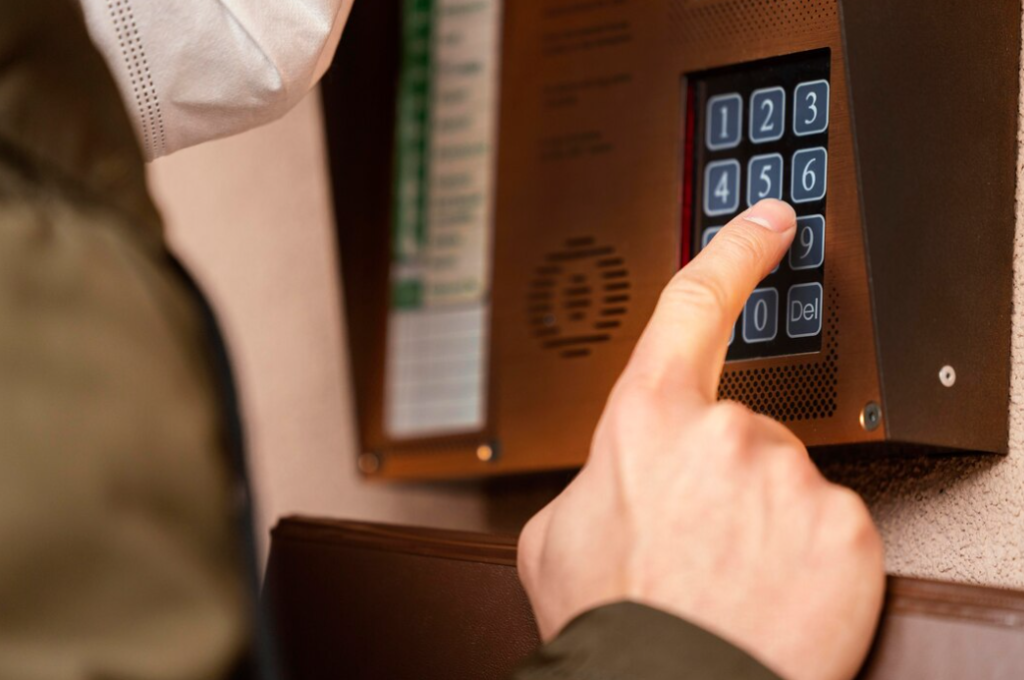In today’s fast-paced work environment, maintaining accurate records of employees’ attendance, breaks, and overtime has become a pressing concern. Enter the biometric time clock, a state-of-the-art solution that offers far more accuracy and security than traditional time-tracking methods. In this article, we’ll delve into the intricacies of biometric time clocks and discover why they are becoming indispensable in the modern workplace.
What is a Biometric Time Clock?
A biometric time clock is an advanced attendance tracking system that harnesses an individual’s unique physical or behavioral characteristics to log their working hours. Rather than relying on traditional methods such as punch cards, passwords, or manual logs, this innovative device uses personal identifiers like fingerprints, facial patterns, or voice signatures. By doing so, it ensures a higher degree of accuracy, security, and efficiency, eliminating common issues like “buddy punching” or fraudulent time entries. As businesses seek more streamlined and reliable solutions, the biometric time clock offers a modern approach to managing employee attendance.
The Science Behind the Technology
Each human being carries a set of distinct biological traits that set them apart from others, much like a unique code written into the fabric of their being. From the swirls of a fingerprint to the minute intricacies of retinal patterns in the eye, these attributes are nearly impossible to replicate. Biometric time clocks tap into this individual uniqueness by deploying a combination of state-of-the-art sensors and sophisticated algorithms. Initially, during a registration or enrollment phase, the system meticulously captures and stores this biometric data. On subsequent interactions, the device scans the user’s relevant trait and rapidly processes this data, comparing it against the stored profile. Through advanced computational techniques and data analysis, the system can almost instantly ascertain the identity of the individual, ensuring that only authenticated personnel can log their hours. This blend of biology and technology ensures a seamless, secure, and foolproof method of tracking attendance, making it a standout solution in the realm of timekeeping.
The Multifaceted Benefits of Biometric Time Clocks
| Benefits | Description |
|---|---|
| Enhanced Accuracy | Say goodbye to “buddy punching.” Only the registered individual can log their hours. |
| Operational Efficiency | Automates the process, reducing administrative tasks and potential errors. |
| Heightened Security | Physical traits are nearly impossible to forge, ensuring authentic entries. |
| Smooth Integration | These systems often gel well with other HR tools, especially payroll systems. |
| Long-term Savings | Despite the initial investment, businesses stand to save more due to reduced time theft and minimized manual intervention. |
A Glimpse into Different Types of Biometric Identification

As the application of biometrics extends across various sectors, a multitude of identification techniques have emerged, each tapping into a distinct aspect of human uniqueness. Here’s a deeper dive into some of the prevalent methods:
- Fingerprint Recognition: This is one of the oldest and most widely adopted biometric techniques. Every individual’s fingertip is adorned with a unique pattern of ridges and valleys, and no two fingerprints are the same. Modern scanners capture high-resolution images of these patterns, converting them into digital data to be used for authentication;
- Facial Recognition: Beyond mere physical appearances, each person’s face is a mosaic of distinctive features, angles, and contours. Facial recognition technology utilizes advanced algorithms to analyze a myriad of facial aspects, such as the distance between eyes, the width of the nose, and the shape of the cheekbones. High-definition cameras and infrared sensors often aid in capturing these details even in varying light conditions;
- Voice Recognition: The human voice, while often used for communication, carries its own unique signature. This technology doesn’t just listen to what is being said but focuses on how it’s being articulated. Factors like pitch, tone, speed, and modulation play a role. Voice recognition systems analyze these voice wave patterns and frequencies to distinguish one individual from another;
- Hand Geometry: While it might seem like all hands are similar, the geometric configuration of each hand – from the length of the fingers to the breadth of the palm – is distinctive. Specialized scanners capture these dimensions and convert them into digital formats for authentication purposes;
- Iris or Retinal Scanning: Often regarded as some of the most secure biometric methods, these techniques focus on the eyes. The iris, the colored part of the eye, has a unique pattern that remains stable throughout an individual’s life. Similarly, the retina, a thin layer at the back of the eye, possesses a complex network of blood vessels. Both these patterns are captured using specialized equipment and are used for high-security authentication.
Potential Challenges and Ethical Implications
The integration of biometric systems, while revolutionary, does not come without its set of challenges and concerns, especially in our increasingly interconnected digital age. Delving deeper:
- Privacy Issues: One of the most pressing concerns is the protection of biometric data. Unlike a password or a keycard, biometric traits are immutable and intimately tied to the individual. The storage of this data, especially if centralized, poses a risk of potential breaches. There’s also the unease associated with the misuse of biometric data, be it for unauthorized surveillance, targeted marketing, or even more nefarious purposes. Questions arise about who has access to the data, how long it’s retained, and the purposes for which it can be used;
- Setup Expenses: Transitioning to a biometric system requires an outlay not just in terms of purchasing the equipment but also in integrating it with existing systems, training personnel, and ongoing maintenance. While these systems promise long-term savings due to increased efficiency and security, the initial investment can be a deterrent, especially for smaller enterprises;
- Possible Misreads: Biometric systems, though advanced, are not infallible. External factors can occasionally throw them off. For instance, a cut on a fingertip, heavy makeup, or even a cold affecting one’s voice can lead to false negatives. While technology continues to evolve to mitigate these challenges, occasional hiccups remain a reality;
- Adaptability Concerns: Humans are creatures of habit, and any transition, especially one involving technology, can be met with resistance. Employees accustomed to traditional attendance methods may view biometric systems with skepticism or apprehension. Concerns about surveillance, the Big Brother effect, or simply the discomfort with new technology can pose challenges to seamless adoption.
Case Study: Successful Implementations

The efficacy of new technologies is often best showcased through real-world applications. Across the globe, various businesses, ranging from startups to established multinational corporations, are progressively recognizing the advantages of biometric time clocks. These systems’ potential for transforming workplace operations has been particularly notable in some standout implementations.
A prime illustration of this transformative power can be seen with Company X, a globally recognized enterprise with operations spanning multiple continents. Prior to adopting biometric time clocks, Company X grappled with issues typical to many large-scale businesses: time theft, “buddy punching,” administrative burdens, and inaccuracies in attendance logging.
Upon realizing the need for a more streamlined and fraud-resistant system, Company X took the leap and integrated advanced biometric time clocks into its operations. The results were almost instantaneous and overwhelmingly positive.
Within just six months post-implementation:
- Drastic Reduction in Time Theft: The company observed a marked 20% decrease in incidents of time theft. With biometrics eliminating the possibility of “buddy punching” (a colleague clocking in on behalf of another), employees were more accountable for their logged hours;
- Efficiency in Administrative Operations: The HR department, previously swamped with tasks related to attendance corrections, verifications, and discrepancies, reported a significant reduction in their workload. The automation and accuracy of the biometric system translated into fewer errors, resulting in time and cost savings;
- Enhanced Employee Confidence: Contrary to the apprehensions many businesses have about employees’ reactions to biometric systems, Company X found that clear communication about the system’s benefits and privacy measures led to widespread acceptance. Many employees expressed appreciation for the streamlined process and the elimination of manual timekeeping tasks.
Company X’s success story is not isolated. Numerous organizations worldwide have reported similar benefits after adopting biometric time clocks. These case studies serve as testimonials to the system’s potential advantages. However, it’s worth noting that the key to such successful integrations often lies in thorough research, choosing the right system for the organization’s specific needs, transparent communication with the workforce, and continuous evaluation of the system’s efficacy and areas for improvement.
Conclusion
The biometric time clock is undoubtedly a testament to how technology can reshape traditional business operations. With its myriad benefits and evolving nature, this tool is set to become an indispensable part of modern workplaces. Companies considering its adoption should carry out thorough research and perhaps even pilot the technology to ensure its alignment with their operational needs.
